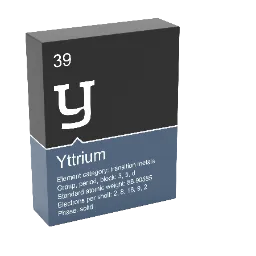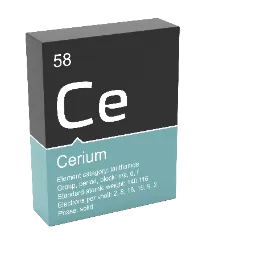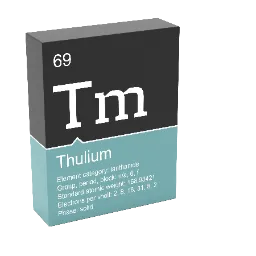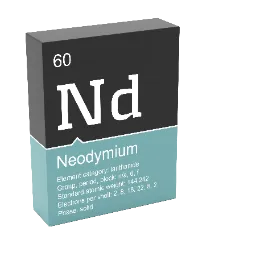The history of rare earth elements is a fascinating journey from their initial discovery in the late 18th century to their critical role in modern technology. This article explores the timeline and key milestones in the development of REE utilisation.
Early Discoveries: The first rare earth element, yttrium, was discovered in 1794 by Finnish chemist Johan Gadolin. This was followed by the identification of cerium, lanthanum, and other REEs in the 19th century.
Advancements in Chemistry: The separation and purification of REEs were significant challenges that were gradually overcome with advancements in chemistry and metallurgy.
Industrial Revolution: The industrial applications of REEs began to emerge in the 20th century, with uses in lighting, glass manufacturing, and early electronics.
Modern Era: The late 20th and early 21st centuries saw an explosion in the demand for REEs, driven by the development of high-tech devices, renewable energy technologies, and advanced defence systems.
The historical development of rare earth elements reflects the broader progress of science and industry. Today, REEs are at the heart of technological innovation, making their history a vital area of study.


















